
When Justin Lunny founded Everrati in 2019, he wasn’t trying to reinvent the wheel—he was trying to preserve it. The British entrepreneur saw a growing gap between the automotive past and the sustainable future, and he launched Everrati to bridge it with care, craft, and cutting-edge electric technology.
“I started Everrati because I saw the opportunity to preserve the world’s most iconic cars by using the most modern, sustainable automotive technology,” says Lunny.. “We’re not in the business of changing what makes these vehicles special. In fact, we always aim to enhance the driving experience.”
Headquartered in the UK with global partnerships, Everrati is part restoration house, part EV engineering firm. Its mission is deceptively simple: to reimagine—not convert—classic vehicles into high-performance electric cars that retain the heart and soul of the original. That distinction is key.
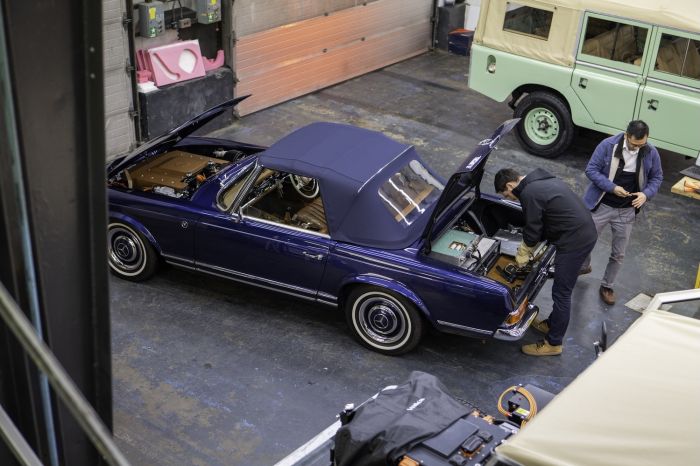
“Trust me when I say that there’s a world of difference between converting a car and reimagining it,” Lunny says. “We’re not in the business of stripping out what made these vehicles iconic just to fit a battery where an engine used to be.”
Instead, Everrati works with automotive icons—Porsche 911s, Ford GT40s, Land Rover Series IIAs, Mercedes-Benz SL Pagodas, and more—and gives them new life using bespoke electric drivetrains, lightweight battery systems, and rigorous engineering that respects each vehicle’s original architecture. Every bolt and brushstroke is part of a holistic design process that blends sustainability with authenticity.
“We fit our technology to the vehicle, not the other way around,” Lunny explains. “That’s what makes us different.”
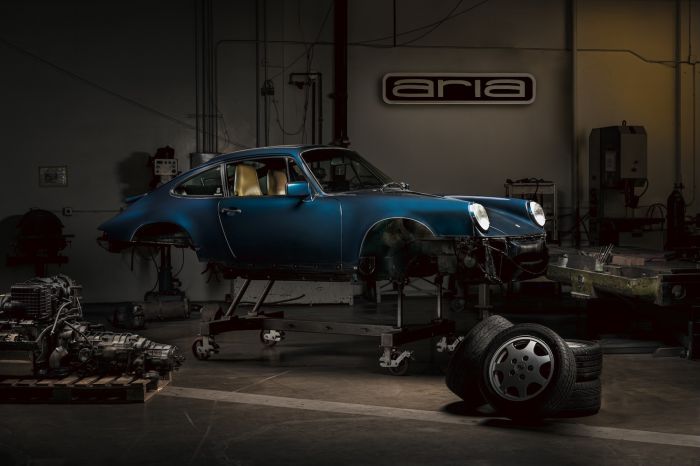
A New Definition of Luxury
Everrati doesn’t see electric conversions as a compromise. If anything, the team views electrification as a way to enhance drivability and access while maintaining the timeless aesthetic appeal that made these vehicles legends in the first place.
“Let’s be honest, most people love classic cars from a distance,” Lunny says. “They’re gorgeous, but the second you mention carburetors, oil leaks or starting them with a hope and a prayer, the love disappears. We’re taking away that fear of the unknown with older vehicles.”
In Everrati’s world, the classic car becomes something you can actually live with—quiet, efficient, and free of the usual maintenance headaches. “Strip out the noise, the fumes, the drama,” Lunny continues, “and suddenly, that car you’ve always dreamed of becomes something you can actually enjoy. And the best part? It still turns heads, just now, for all the right reasons.”
To Lunny, that’s the new definition of luxury: not just something rare or expensive, but something timeless, sustainable, and tailored to modern life. “Making them electric doesn’t take away their soul. It makes them more usable, more sustainable, and honestly, more thrilling.”
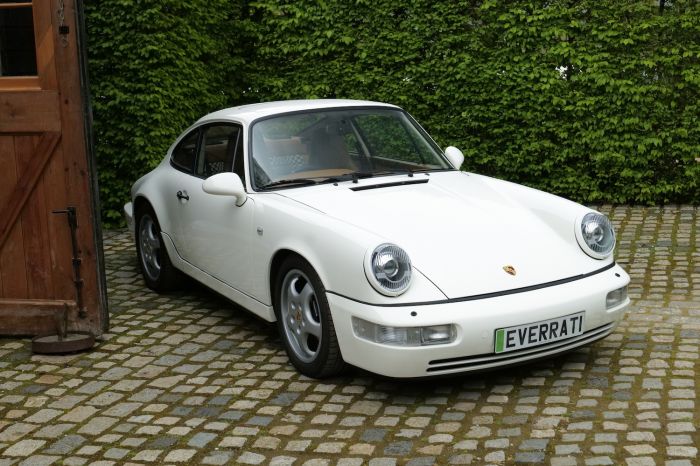
Preserving the Soul of a Masterpiece
For Lunny and his team of engineers and craftspeople, preserving a classic isn’t just about form—it’s about philosophy.
“These vehicles aren’t just machines—they’re living pieces of history,” he says. “I see it as a sacred responsibility to preserve everything that makes them special, while using the best modern technology to give them a future.”
That ethos runs through every project. Battery placement is carefully considered to retain weight balance. Throttle mapping is tuned to match the spirit of the original combustion engine. Even the sounds—where appropriate—are thoughtfully engineered to maintain the emotional experience of driving a legend.
“Every decision we make is about honoring the soul of the car while giving it a new life for today’s roads,” Lunny adds. “You can’t force history into a new shape. You have to work with it, understand it, and build on it to make it better.”
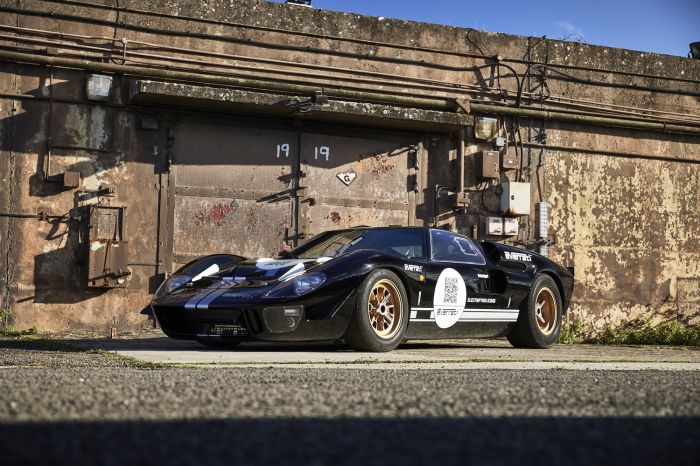
Icons, Reborn
Among Everrati’s standout projects is the electrified Land Rover Series IIA, which captures the rugged charm of the original while delivering zero-emissions performance. “As we continue delivering on our mission, this redefined Series IIA embodies what we stand for—crafting capable, sustainable vehicles that respect the soul of an icon while preparing it for the demands of today,” Lunny says.
The company’s growing lineup also includes meticulously re-engineered Porsche 911s (964 generation), a fully electric Ford GT40 developed in collaboration with Superformance, and Mercedes-Benz SL “Pagoda” roadsters that blend 1960s elegance with 21st-century tech. Each vehicle is hand-built, tailored, and designed to last decades—not just as a showpiece, but as a daily driver for those who appreciate craftsmanship and care.
“We believe it’s the very DNA of a car that makes it iconic,” says Lunny. “Such cars must be preserved—not put in museums, but driven.”

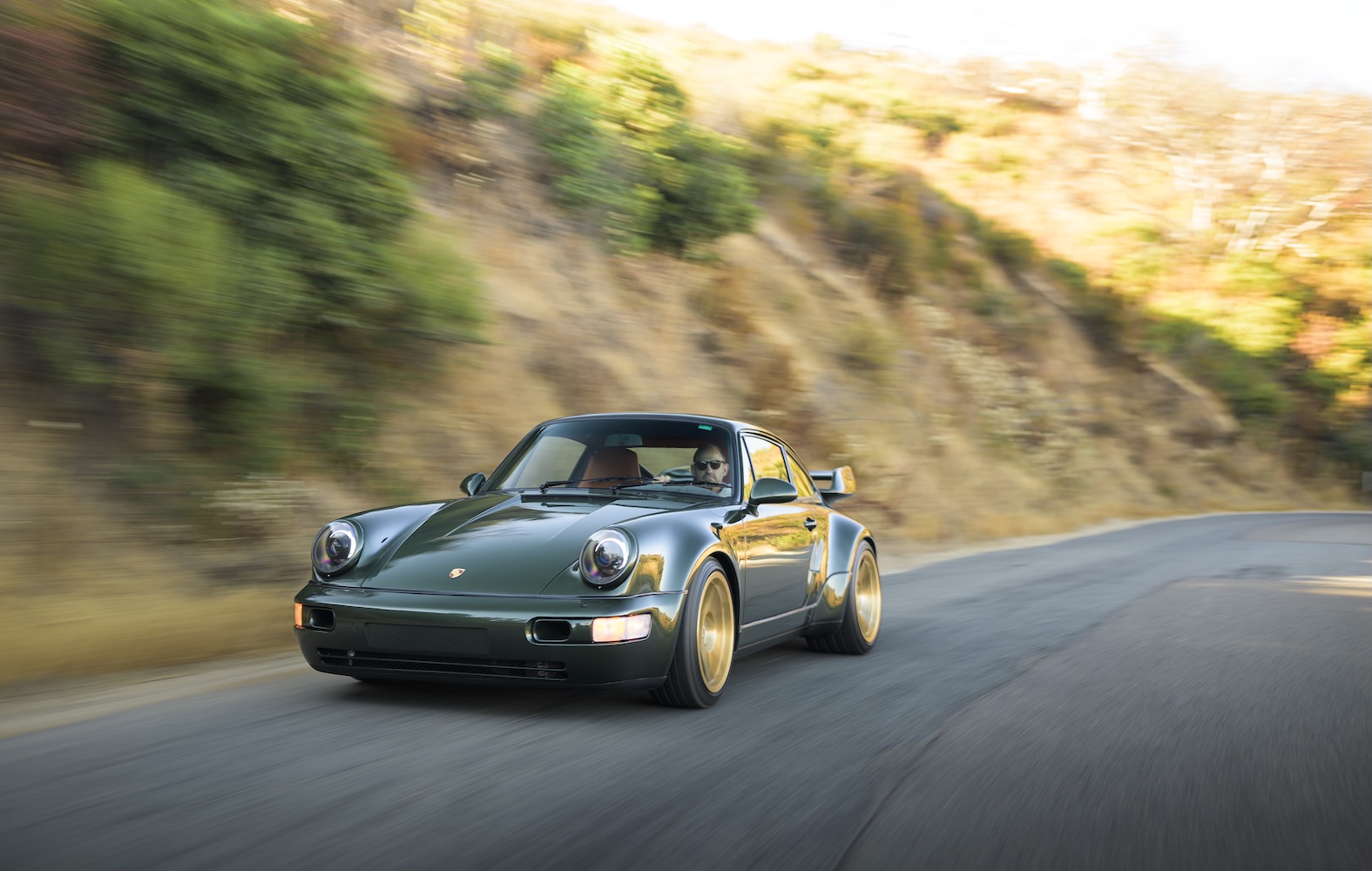
The Road Ahead
As the automotive industry hurtles toward an electric future, Everrati is carving a thoughtful, heritage-driven path. Their presence at high-profile events like the British Grand Prix—where they unveiled new models in front of a home crowd—signals not just relevance, but leadership.
Ultimately, Everrati is more than a car company. It’s a bridge between eras, a testament to what’s possible when reverence meets reinvention. In a world eager to discard the past for the promise of the future, Everrati offers a more elegant solution: take the best of what is loved, and make it last.
“You don’t convert a masterpiece,” Lunny says. “You evolve it.”
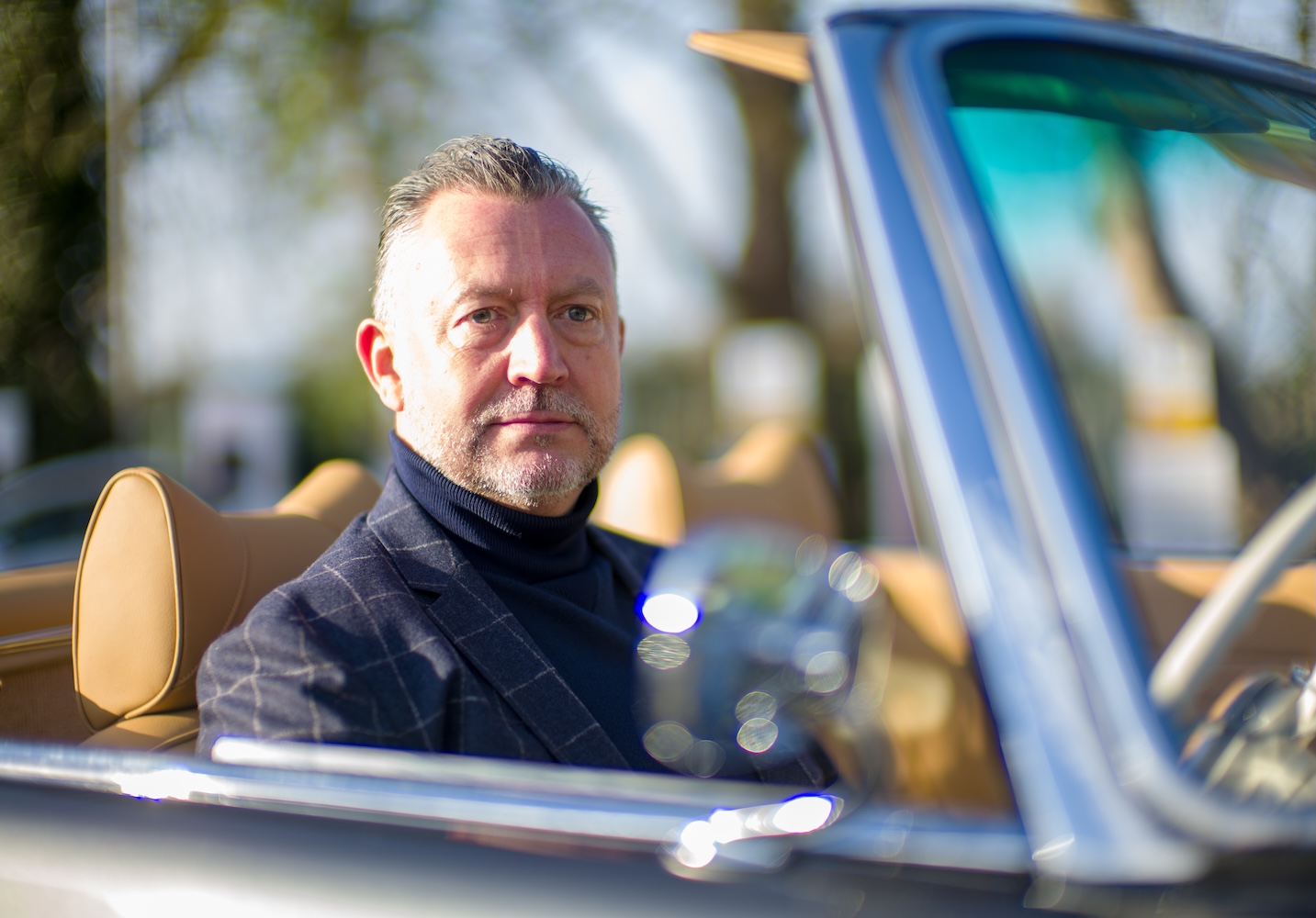
Photos courtey of Everrati









